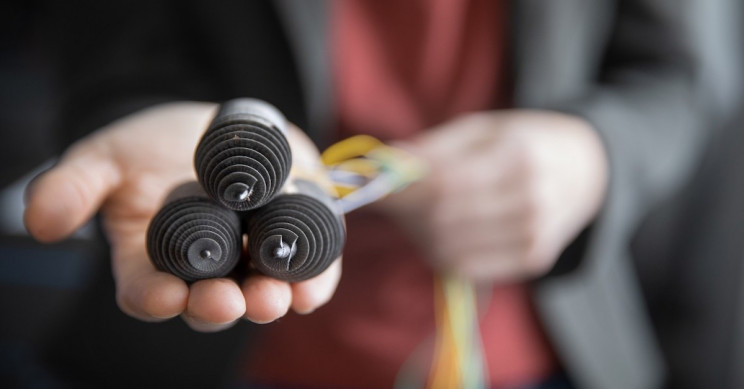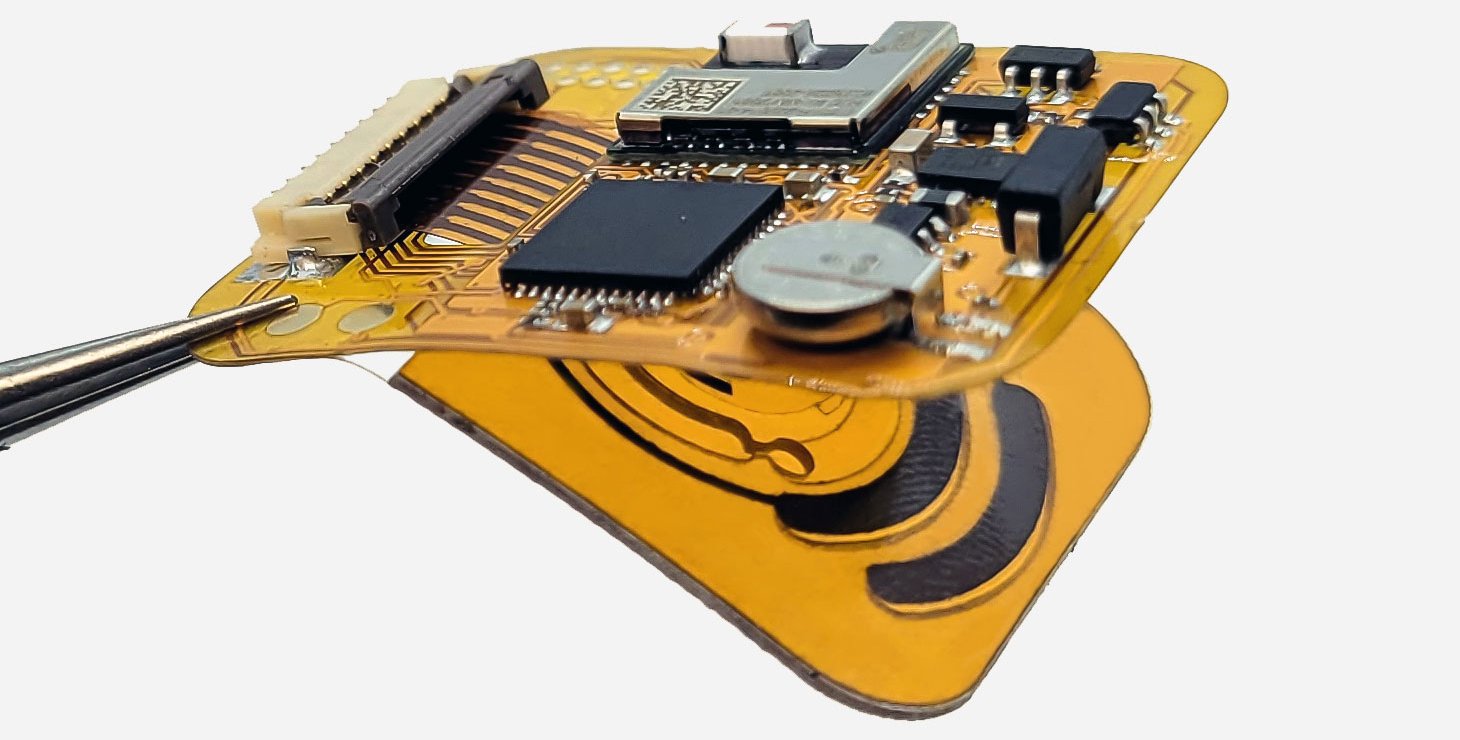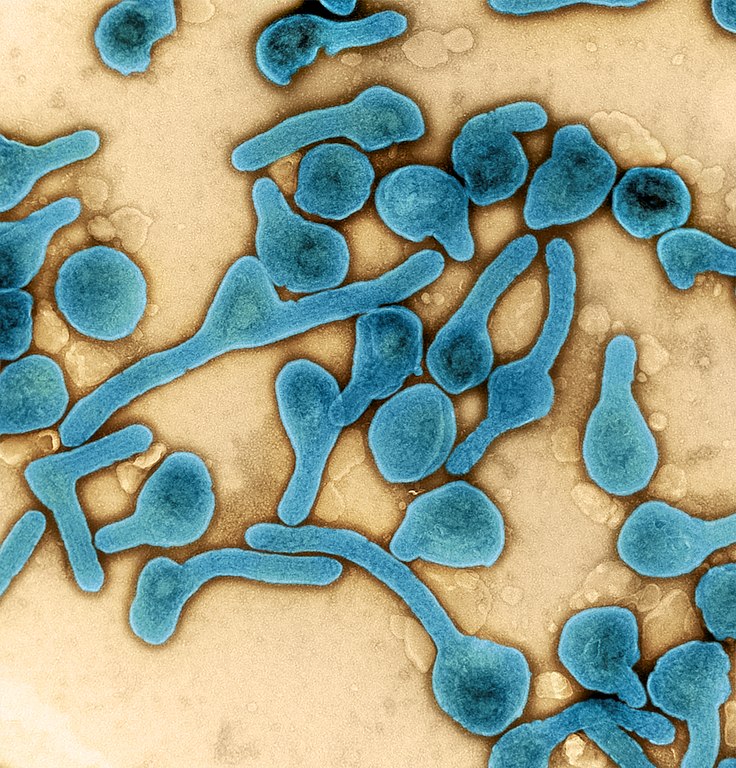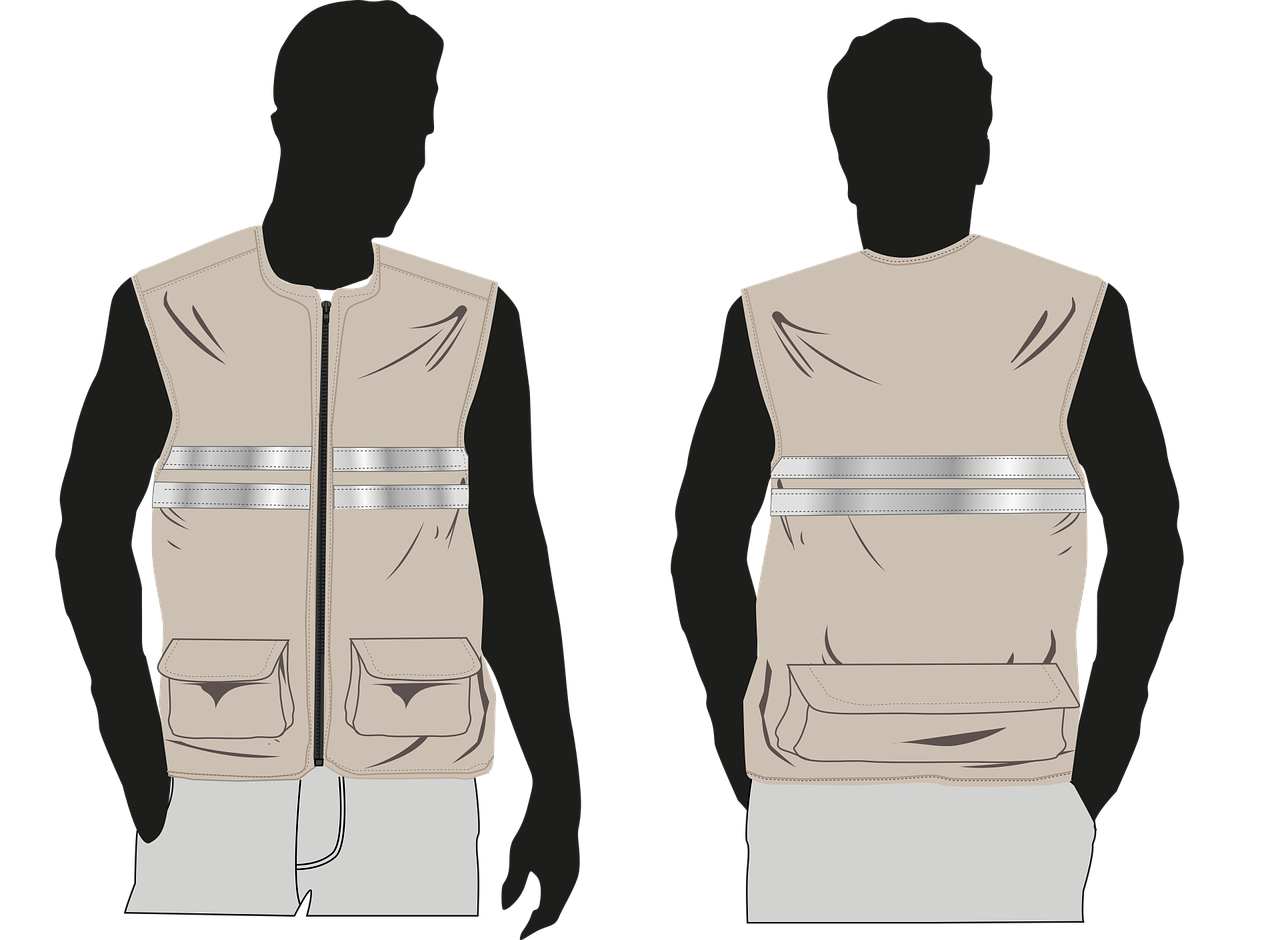To meet the food requirements of the ever-growing population, scientists are now working on research about what goes underground.
As Earthworms roams through roots, soil, and water, they know best what goes on underground. But scientists can’t communicate with the earthworms.
So a team of crop scientists from Cornell University is developing earthworm-like robots that can move beneath the earth. Scientists are hopeful that this robot will help in extracting information regarding soil properties, soil microbiome, and how roots grow.
Associate professor Robert Shepherd, explained, “The front loosens up the dirt and the back pushes forward and presses that dirt into a wall of a tunnel,”
Following are some of its features of this robot:
- This earthworm inspired robot is expected to measure about one to two feet (30.5 to 61 cm) in length.
- Robot’s structure is similar to bore drills and it will move in a peristaltic motion, just like worms.
- The amount of effort required by the robot as it moves inside the soil determines the density of that soil.
- Integrated sensors will help in measuring temperature and humidity.
- Fiber optic cables could facilitate imaging plant roots and also measure microorganism activity. It could also help in measuring the levels of carbon compounds released by the roots.
- All of the data will be recorded onboard the robots for subsequent retrieval.
Assoc. Prof. Taryn Bauerle, who is leading the three-year project along with Assoc. Prof. Robert Shepherd, said, “We plan on developing new tools so that we can tap into the below-ground environment of plants and soil in a way that allows us to shine light in a black box of plant and soil interactions,”







